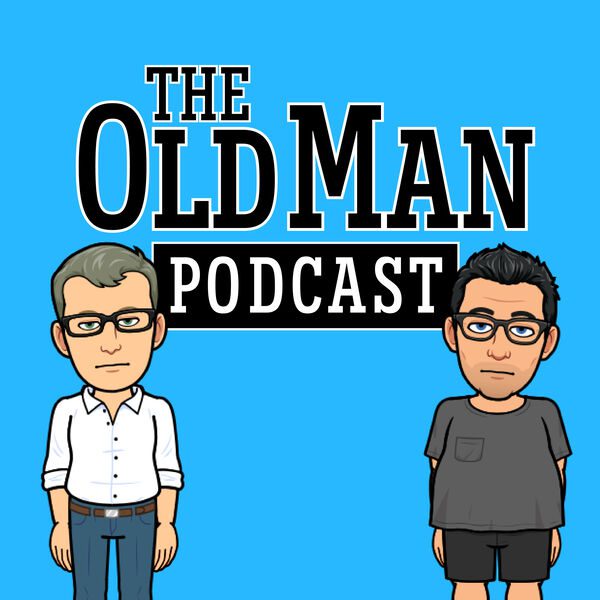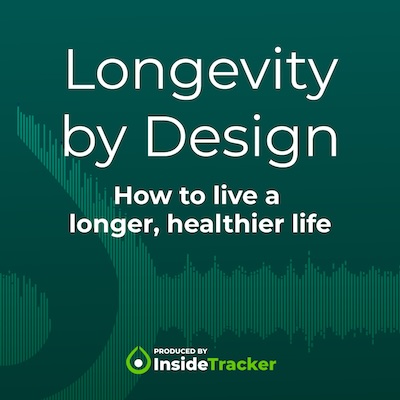A Personal Perspective – Inversion for Brain Health
The opinions expressed by contributing authors are not necessarily the opinions of the Dementia Society, Inc. We do not endorse nor guarantee products, comments, suggestions, links, or other forms of the content contained within blog posts that have been provided to us with permission, or otherwise. Dementia Society does not provide medical advice. Please consult your doctor.

My name is Jeff Brown. I am 76 years old, not a doctor or therapist, and I do not have a degree in any medical field. What I offer is based on my personal experience only; I have been inverting (hanging upside down) for 42 years. My thoughts and suggestions originate from my logic and critical thinking, and I’ll leave the science to the experts.
The brain demands a constant supply of energy – fuel delivered by the blood supply. When resting, our brain consumes about 20% of our body’s total energy.1 Even while sleeping, the brain is active. Our brains are like circuit boards, constantly processing and transmitting electrical signals throughout the body 24-7. It is the body’s command and control center. The energy demand is, of course, influenced by our lifestyles and level of activity.
The demand for fuel is met by glucose and oxygen delivered to the brain through arteries, veins, and capillaries. I like to think of them as rivers, streams, and smaller tributaries feeding and nourishing everything around them, flowing smoothly, quickly, and efficiently.
We know that regular Exercise benefits the cardiovascular system, which sends the blood to our brain or command center. A healthy cardiovascular system is an essential factor in longevity and cognitive abilities, and we must invest in our brain’s proper function.2 I suggest that along with heart-healthy exercise, inversion Therapy can help maintain brain function throughout our whole life. Such a benefit could help reduce the cost and strain on our health care system.
I recommend a ten-minute walk followed immediately with inversion or hanging upside down. In my opinion, by enhancing blood flow to your brain first through cardio exercise and then by inversion, the rush of blood delivers the fuel and oxygen your brain needs for optimal function. One might assume that this relatively simple behavioral change could alter the progression of age-related cognitive decline. With adequate blood flow, expectations for our seventies, eighties, and nineties could be redefined.
Following an inversion, I feel more creative, energetic and have more Clarity of thought. Physically, the effects of lengthening the spine and relieving pressure on the hips, knees, and ankles are refreshing. Even reversing the pull of gravity on your face is invigorating!
I sometimes wonder if the loss of motor skills is associated with the loss of proper blood flow and oxygen to the brain? Could the answer be this simple? Or, is blood flow just one aspect of neurodegeneration? How much of a role does blood flow have in contributing to dementia and Alzheimer’s disease? There are always more questions to be asked.
One thing though, clearly and emphatically – Never hang upside down without consulting a doctor or physical therapist first! For some, the practice could cause far more problems than benefits. Inversion is particularly dangerous for those with hypertension, elevated eye pressure or glaucoma, cardiac disease, or obesity. If a doctor clears you, consider adding to your routine walking a mile, then inverting for a couple of minutes.
Notes
1 Watts, Michelle E., Roger Pocock and Charles Claudianos. Brain Energy and Oxygen Metabolism: Emerging Role in Normal Function and Disease. Front. Mol. Neurosci., 22 June 2018. Accessed October 6 2021 from: https://doi.org/10.3389/fnmol.2018.00216
2 Northey, Joseph M. Exercise interventions for cognitive function in adults older than 50: a systematic review with meta-analysis. Accessed September 23, 2021 from https://bjsm.bmj.com/content/52/3/154
For further reading:
Kondrashova, T., Makar, M., Proctor, C., Bridgmon, K. A., & Pazdernik, V. (2019). Dynamic assessment of cerebral blood flow and intracranial pressure during inversion table tilt using ultrasonography. Journal of the neurological sciences, 404, 150–156. https://doi.org/10.1016/j.jns.2019.07.033
Williamson, T. August 11, 2021. What Can Inversion Therapy Do for Your Wellness? Psychreg.org https://www.psychreg.org/inversion-therapy-wellness/
Johns Hopkins Medicine. Vascular Dementia. 2021. Accessed September 23, 2021 from https://www.hopkinsmedicine.org/health/conditions-and-diseases/dementia/vascular-dementia
Cherney, Kristeen. What Are the Risks and Benefits of Inversion Therapy? Updated February 28, 2019. Accessed October 7, 2021 from: https://www.healthline.com/health/inversion-therapy
Contributor: Jeffrey Brown, guest contributor
The opinions expressed by contributing authors are not necessarily the opinions of the Dementia Society, Inc. We do not endorse nor guarantee products, comments, suggestions, links, or other forms of content contained within blog posts that have been provided to us with permission, or otherwise. Dementia Society does not provide medical advice. Please consult your doctor.























